
A DIY Guide to Collecting Radioactive Rocks Gets Glowing Reviews
The free how-to dispels myths and minimizes the hazards of hunting and hoarding these special specimens.
Alysson Rowan was hanging out in one of her favorite places: an internet forum for mineral collectors. As she chatted, a panicky post from another user popped up. A man had just learned some mineral specimens he’d purchased were (gasp) radioactive. “He was horrified and terrified and so on,” says Rowan. He could not have picked a better audience for his fretting.
Rowan, whose online avatar is a radioactivity symbol overlain with crystals, knows more about radiation—energy and particles released when unstable atoms, like uranium, break down—than the average person. As a radiation safety professional, she spent years dealing with hazardous accidents involving chemical or nuclear spills. And so, more than a decade ago when the worried post popped up on her screen, she responded. “I wrote an article just sort of introducing nuclear safety and the realities of radioactivity, as opposed to the horror stories that we’ve all heard,” she says. As more people read it and asked follow-up questions, “Somebody said, ‘Look, forget about these bits and pieces: Just compile this all into a book,” Rowan says. “And so that’s what I did.”
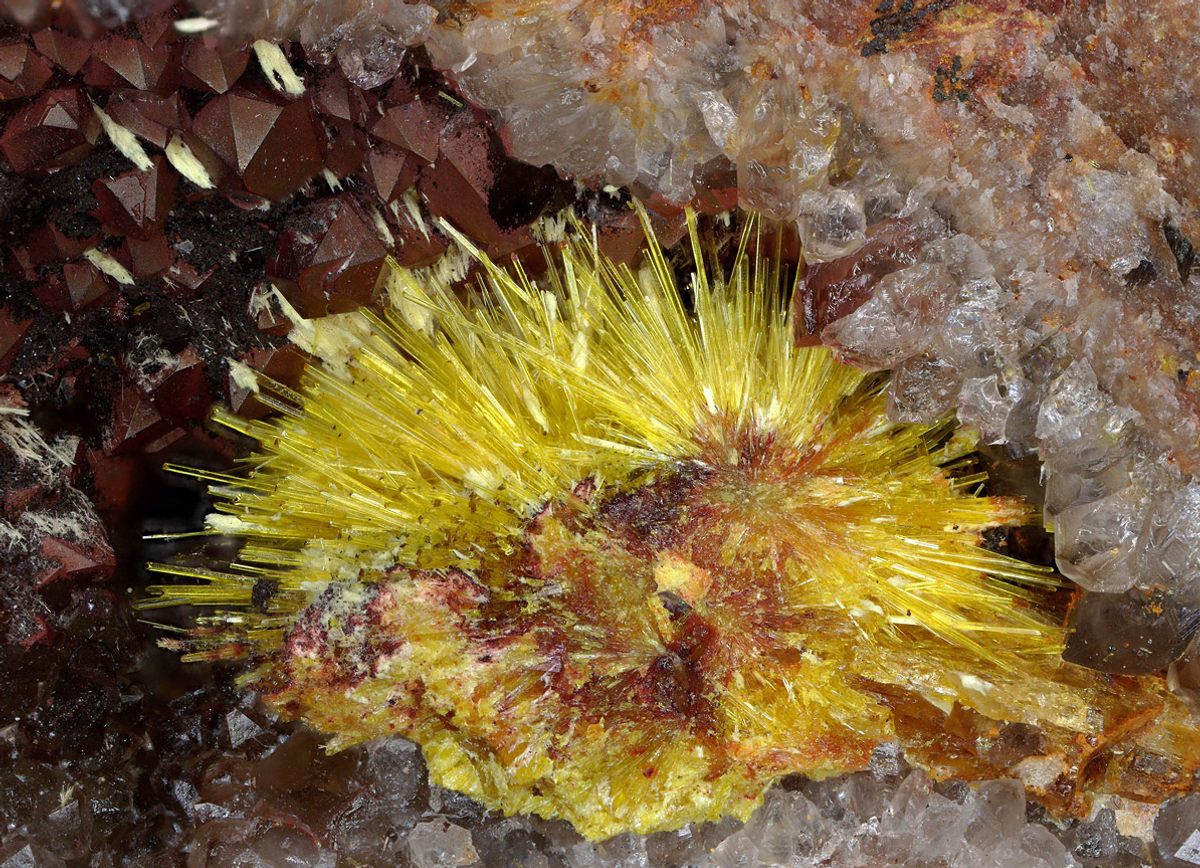
Called Here Be Dragons, the free PDF covers what radiation actually is, how “hot” minerals appear in nature, and how to safely collect and store them. It’s become a go-to resource for the radioactive rockhound community. “It’s just so comprehensive and relevant,” says Aaron Van Alstine, a medical student who founded the /r/Radioactive_Rocks subreddit, where people share macro photos of specimens, swap collection spots, and show off scientific equipment.
Some of those radioactive rock collectors go prospecting in wild places; others simply bid on eBay or press “add to cart” on Etsy. But there’s a binding force between them: the desire to possess something both pretty and powerful. Their eye-catching minerals were forged eons ago, but today still beam out radiation that makes Geiger counters clickity-click. “There is an odd and strange attraction to something that is beautiful and dangerous at the same time,” says Andrey Stoev, a collector, systems engineer, and subreddit moderator. Here Be Dragons helps hobbyists keep that danger in mind, and in check.
For many radioactive enthusiasts, finding mineral samples such as carnotite or uraninite in nature, often in abandoned mining areas, is part of the thrill. When Van Alstine visits family in central Colorado, an area with plenty of old mines, he hits up places where rare Earth minerals, which can contain uranium and thorium, hide. “I collect them like a crow with shiny objects,” he says.
Collector Jake Hecla, currently a graduate student in nuclear engineering at the University of California, Berkeley, first got interested in radioactive minerals in middle school while visiting a rock-and-junk shop in Roswell, New Mexico, on a road trip with his mom. There on the shelf was something as jarring as an alien conspiracy: a lump of uranium ore. “It scared the living bejeesus out of me,” he says. “I had heard of the Hulk.” They did not buy it.
The rest of the drive, he hoovered all his mom’s Blackberry data searching terms like “radiation,” “uranium,” “radioactivity,” “nuclear.” “The more you read about something, usually the less scared you are of it,” he says.

By high school, Hecla was building his own Geiger counters, and drove to Wyoming on his first prospecting trip at age 16. On one foray to the Kern River Valley in Southern California, he and some friends spent a full day searching for signs of the old Miracle Mine, an abandoned site where people once collected uranium ore. While he found a few chips that chirped above background radiation level, they were “really nothing you want to put on your shelf and show your guests over dinner,” he says.
But that night, after cooking up s’mores, the group decided to light the wilderness with UV lights, which can cause certain radioactive minerals to fluoresce. As soon as the bulbs switched on, patches of neon green bloomed across nearby rock. “The side of this hill,” Hecla says, was “glowing back at us.”
That sort of living color drew Flagstaff’s James Lillard. He loves the secondary minerals, which “come in all colors of the rainbow” and currently fill the third bedroom of his house. These treasures are called secondary minerals because they’re only created after transformative processes like weathering affect primary minerals, formed when the rock first solidifies. When uranium-copper compounds react with oxygen, for instance, they can form the emerald-green secondary mineral torbernite.

Lillard the hobbyist recently turned pro and now sells samples he collects. He says he’s just as fascinated by the human story, recalling journeys into remote mines abandoned in the 1800s, where pick marks etch the walls. He’s thought to himself, “No one living has been where I’m standing right now.” Lillard pauses. “That’s quite the moment, standing there knowing what these men went through.” The work was as tough as it was dangerous. He adds: “They lived and died there.”
Trained in radiation safety by the Department of Homeland Security, Lillard isn’t interested in recreating 19th century mining conditions. He wears a full-face respirator when he goes into old uranium mines, to protect himself against radioactive radon gas and other hazards. Radiation, he says, is “something that needs to be treated with respect but not with fear. It can eat you, but it’s not out for your blood.” Just like the mountain lion he recently encountered in one mine entrance.
That’s the overarching message of Rowan’s Here Be Dragons: Know what you’re doing, and you’ll be fine. The basics, she writes, are simple: Wear gloves, wash hands, watch for dust, don’t eat or lick the samples or put them where you chop onions, and keep them in a closed container. Most naturally radioactive materials aren’t radioactive enough to do acute harm.

But that’s not how humans often feel, in part because of how pop culture portrays radiation. “It’s this unreasoning fear of radiation,” says Rowan. “Not that it’s not dangerous, particularly when you swallow radioactive materials, but it’s a hazard that’s been blown out of all proportion.” Here Be Dragons attempts to deflate the myths.
It’s no surprise Rowan’s how-tos of hazard mitigation are popular online; many collectors start their hunt for radioactive deposits on the internet, with the federal Mineral Resources Data System or even Google Earth, which can reveal piles of mine waste. “Prospecting is 75 percent digital,” says Stoev. Mindat, a discussion forum and database of end-of-rainbow mineral locations, is based almost entirely on user submissions. Jolyon Ralph—who left geology school for the computer field—founded it offline in 1993 to aid his own collecting efforts. For years, he was the sole contributor. “Then, of course, the internet came along,” Ralph says. Mindat soon became a sort of Wikipedia for rockhounds. Today it includes nearly 1.4 million mineral occurrences, at 375,000 different locations.
Rowan has frequented the forum since its earliest days. It is, in fact, where the questions that led to Here Be Dragons came from. The guide’s title, though, comes from one of Rowan’s former hobbies: role-playing games, where players adopted the ancient practice of drawing dragons over dangerous or uncharted territory to warn travelers away. “I thought, ‘People don’t want to go where there’s radioactivity,’” she says. “So Here Be Dragons it was.”
Today, Rowan’s work charts a course across potentially perilous territory, providing clear counsel for taming any beasts her followers may find.



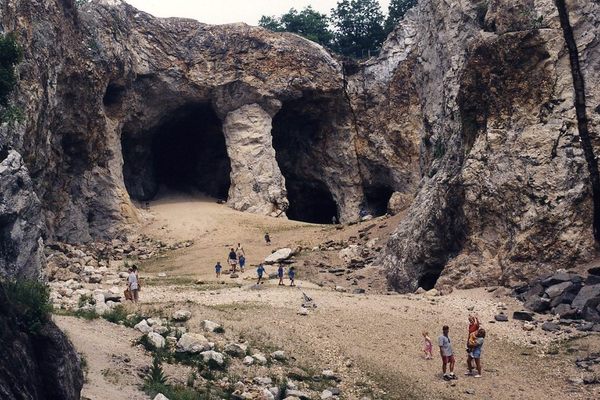
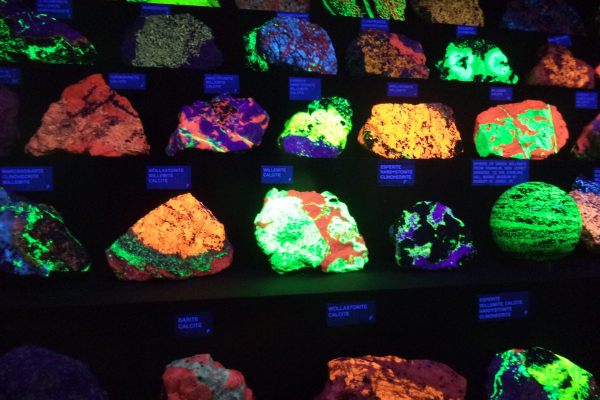


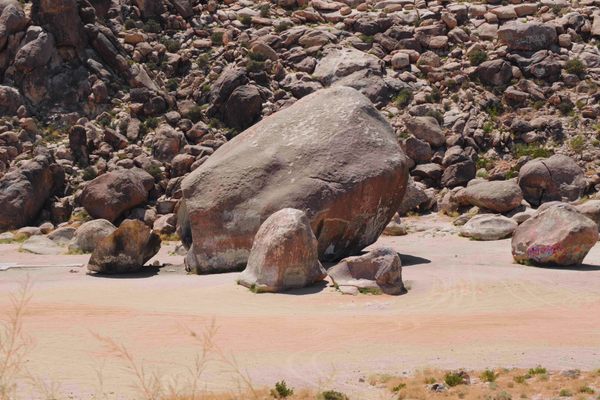
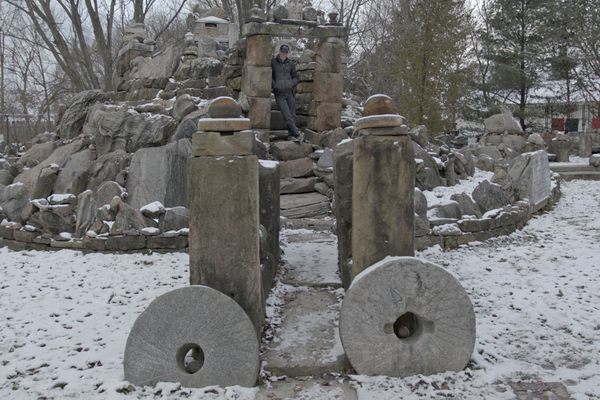
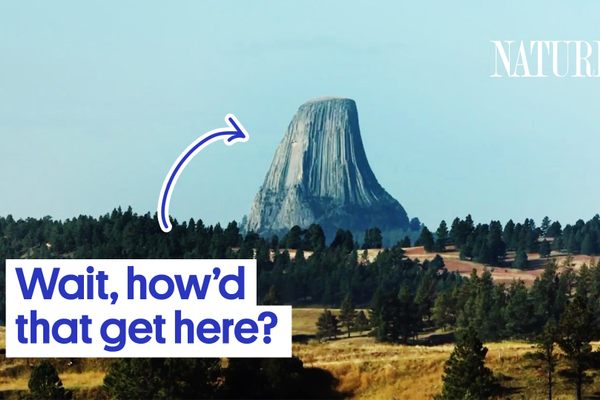
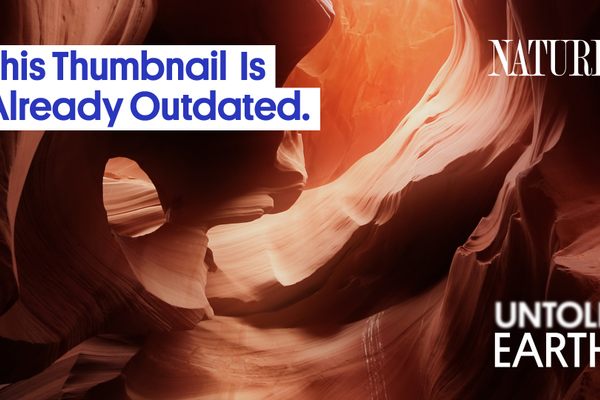


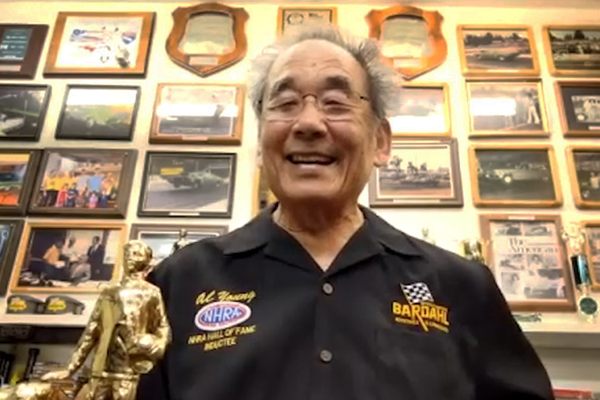
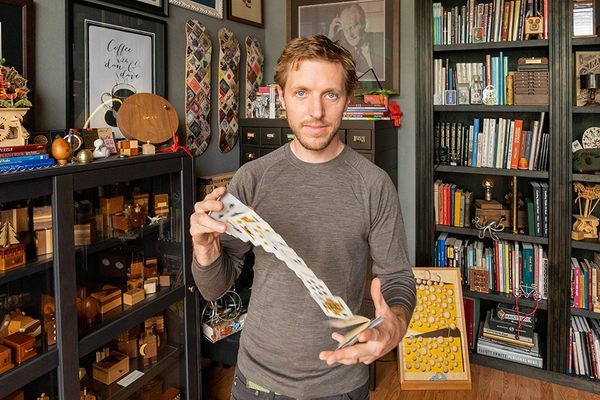
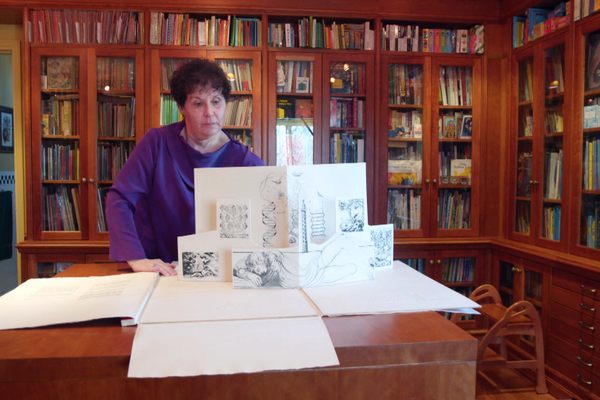
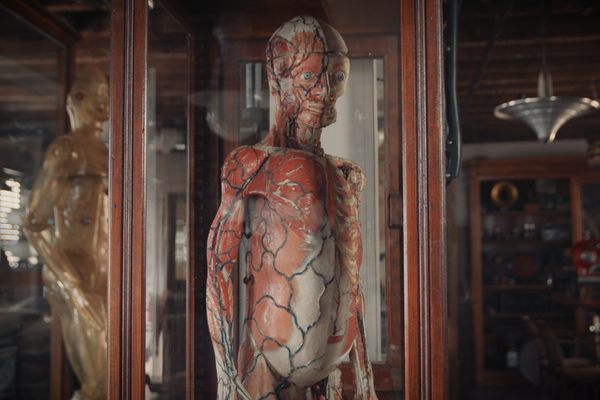
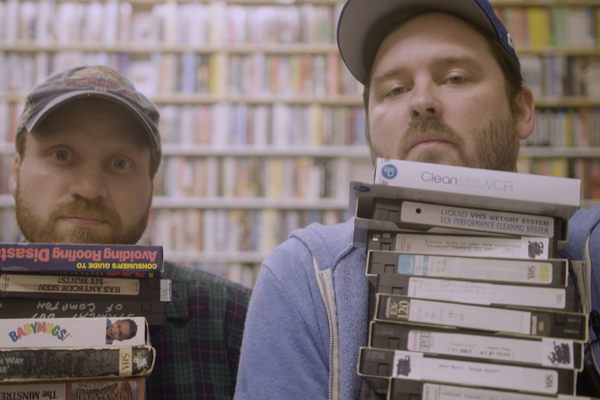
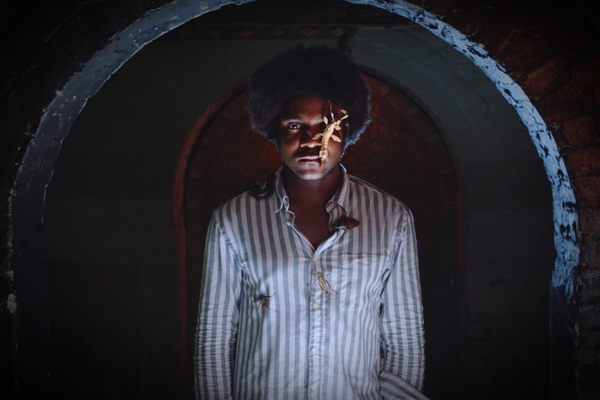
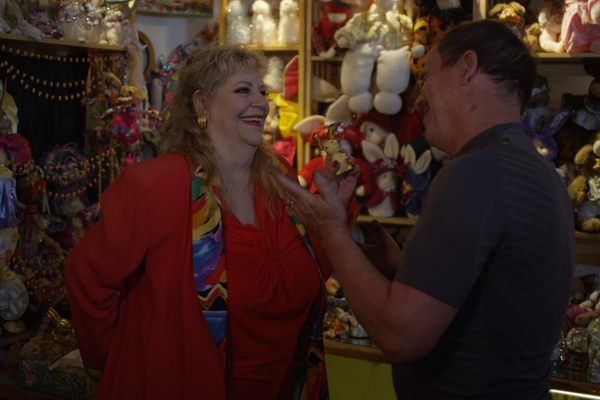
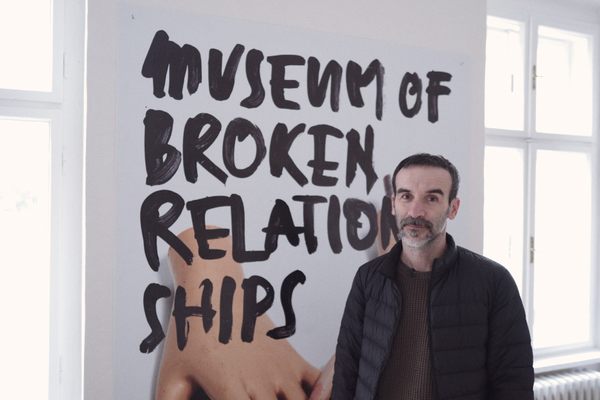

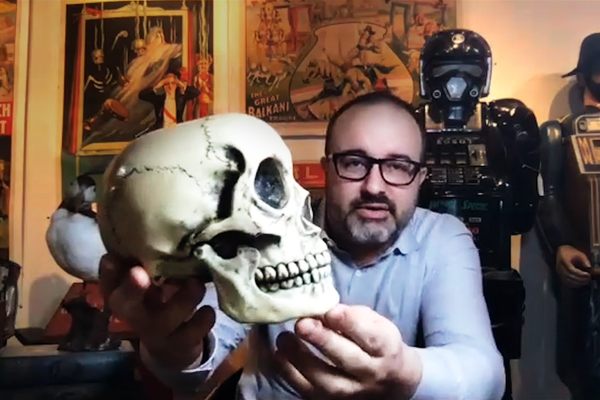

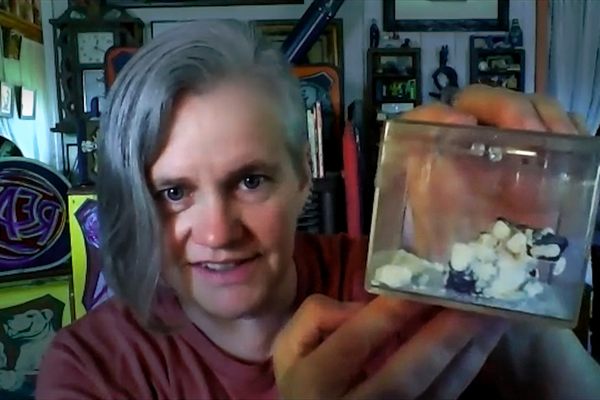

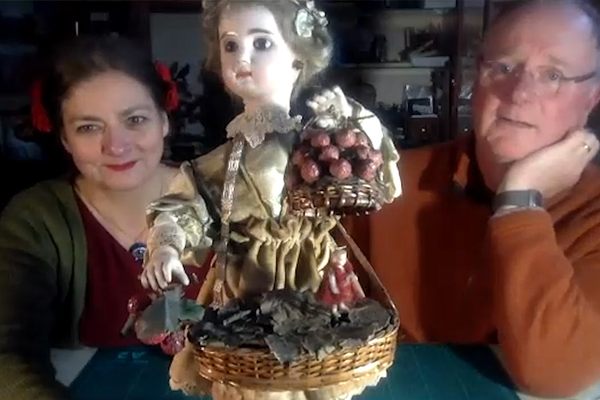
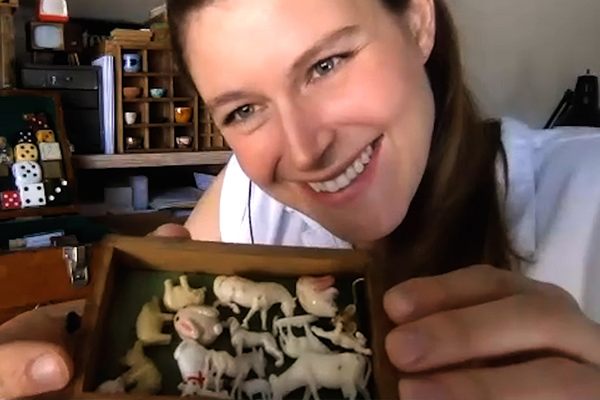
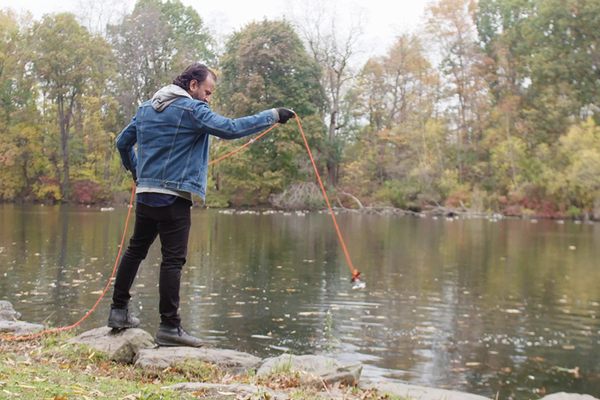
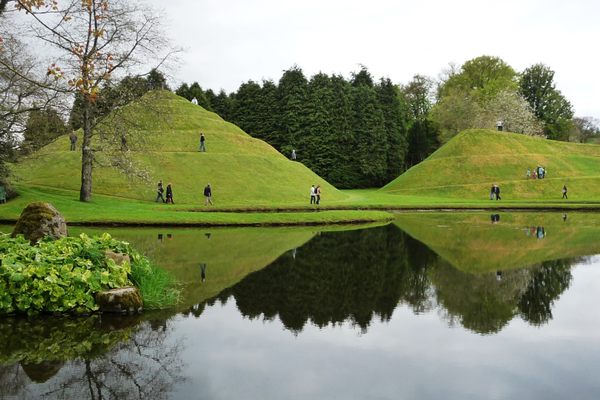
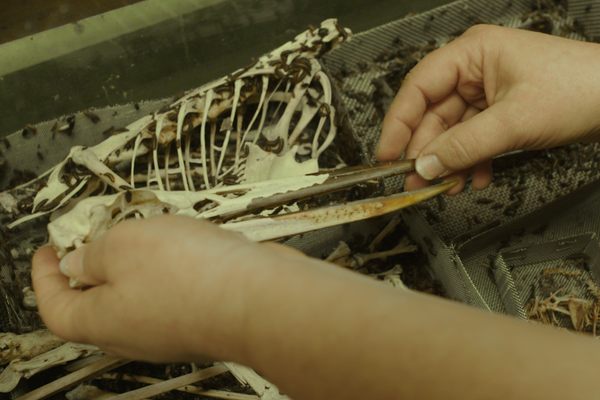
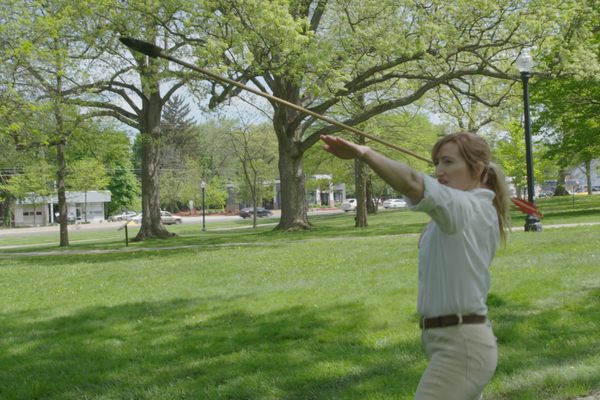
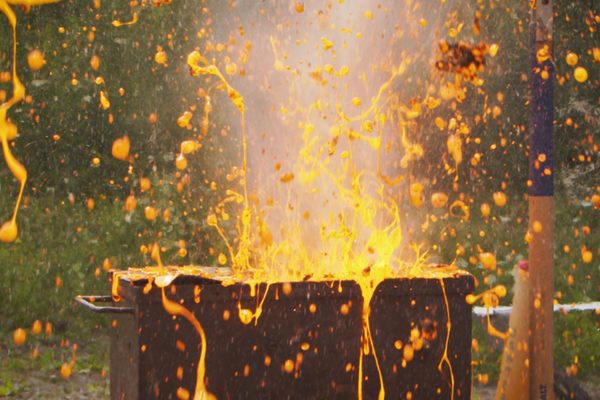

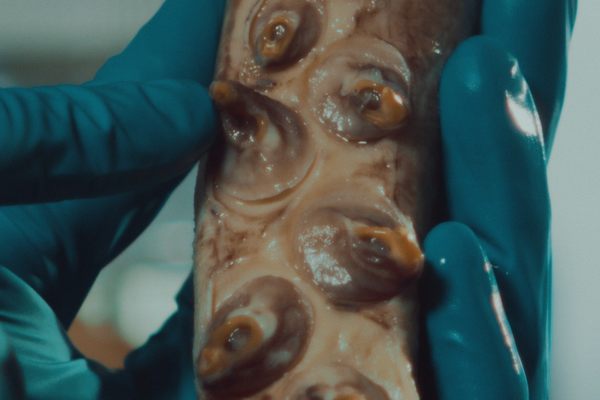
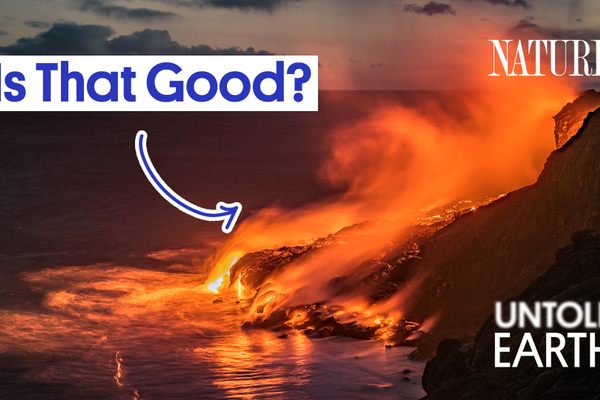
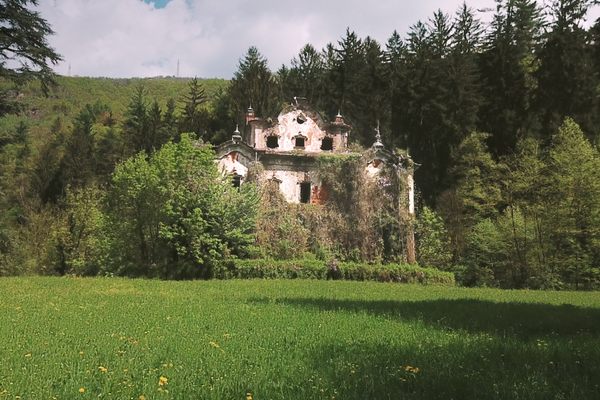
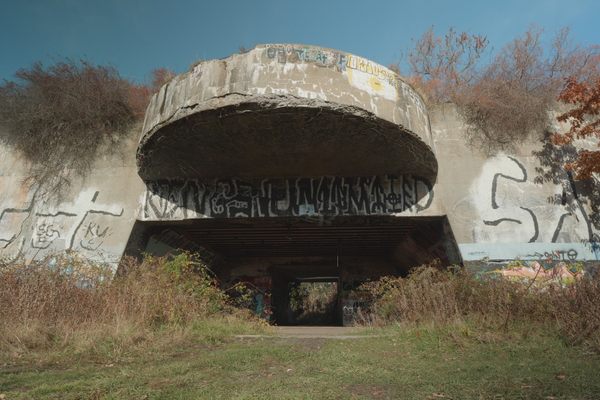
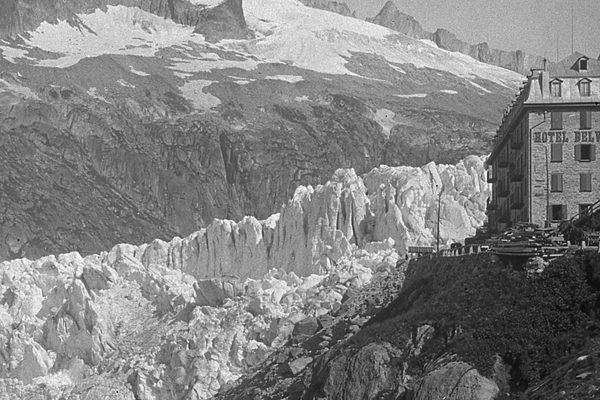
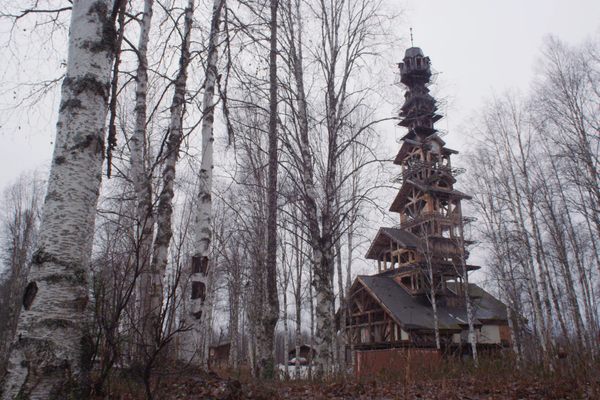

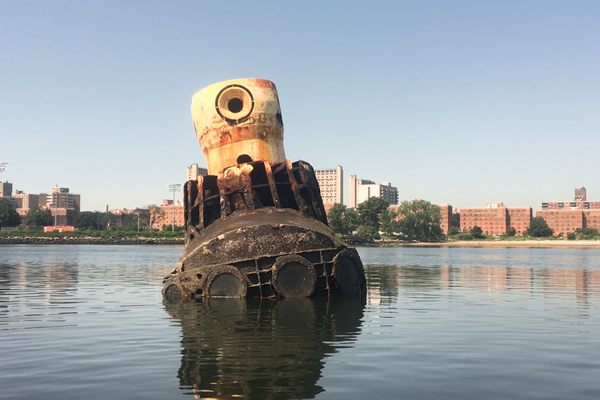
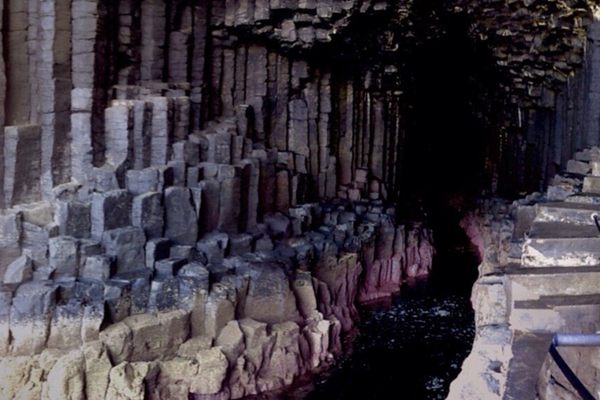
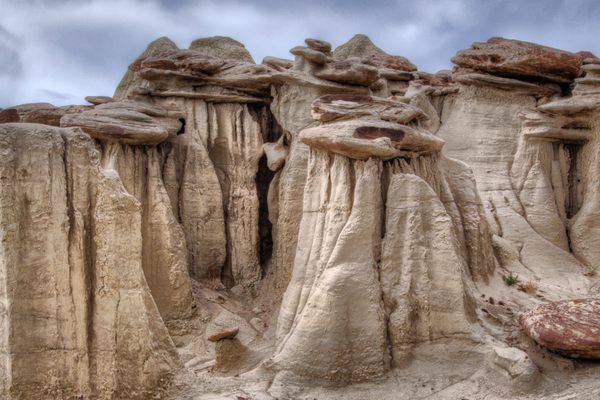
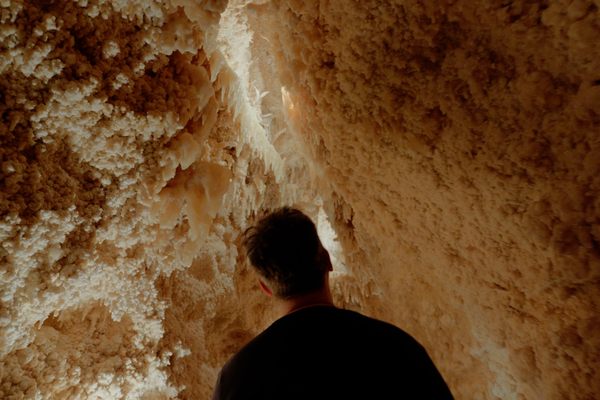
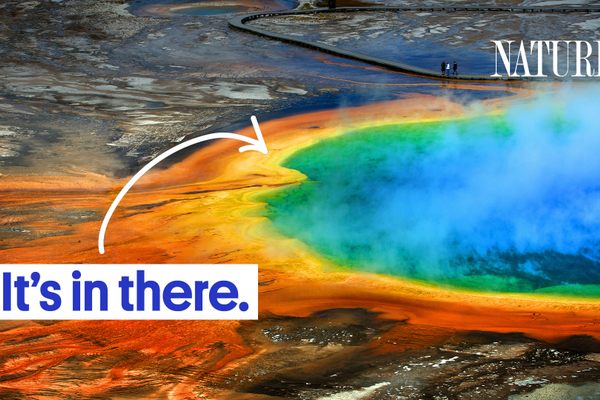
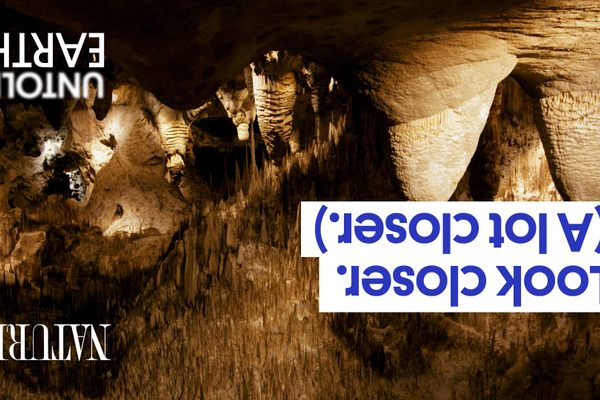
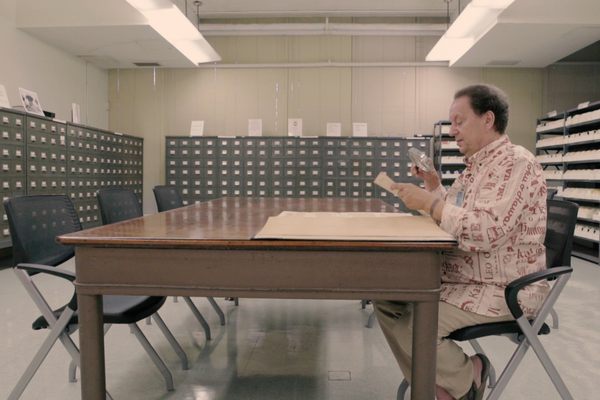
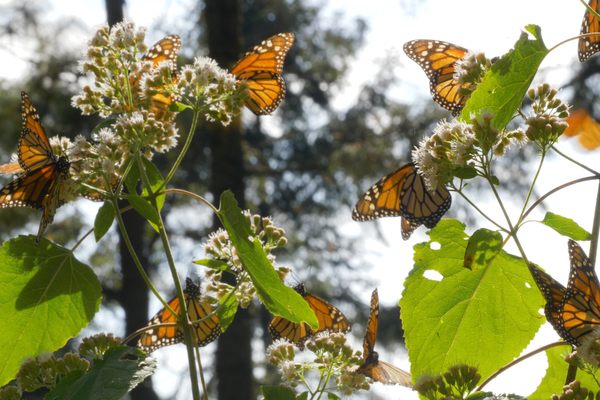
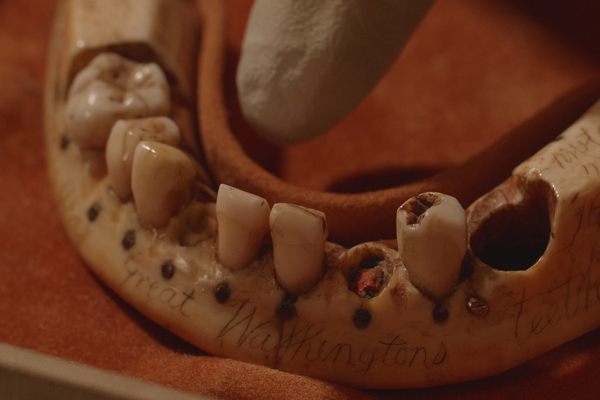
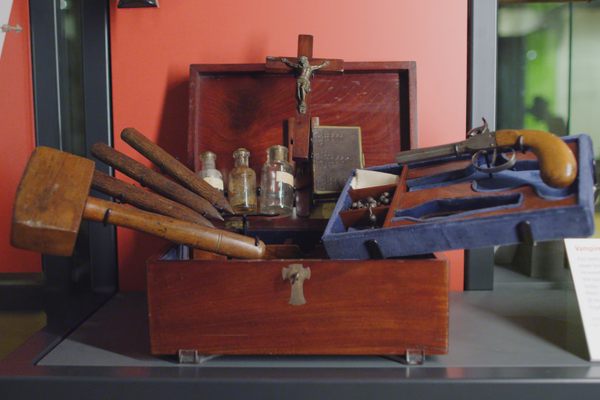

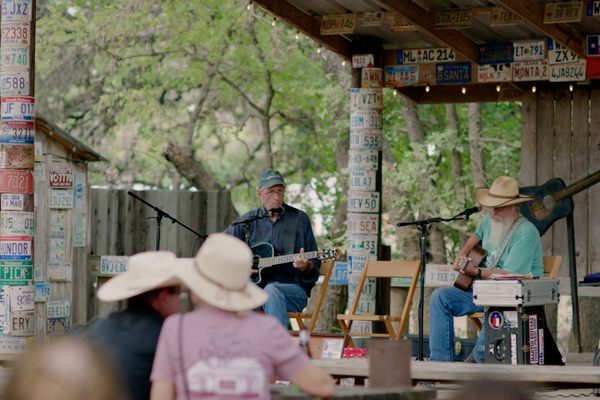
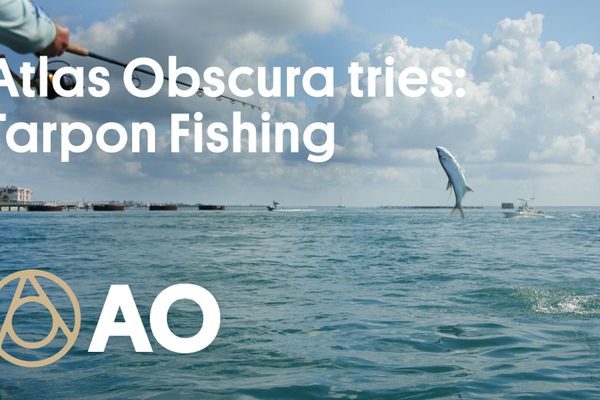




Follow us on Twitter to get the latest on the world's hidden wonders.
Like us on Facebook to get the latest on the world's hidden wonders.
Follow us on Twitter Like us on Facebook